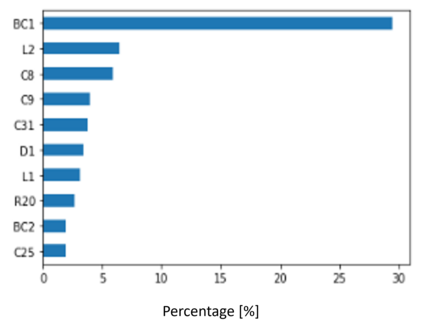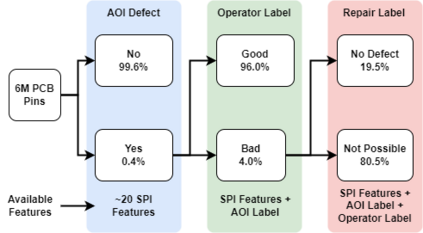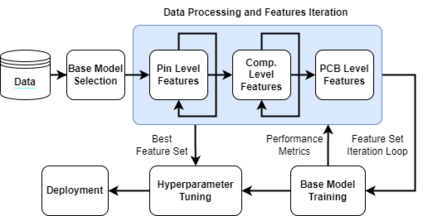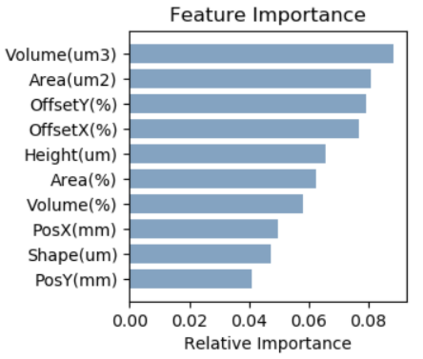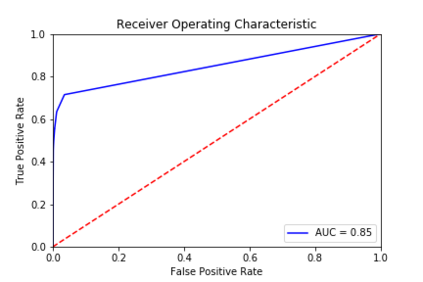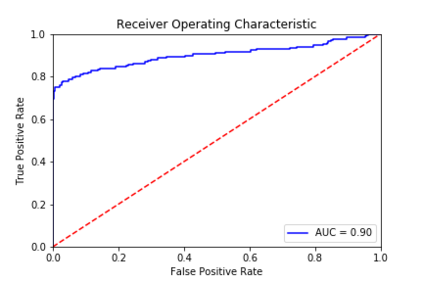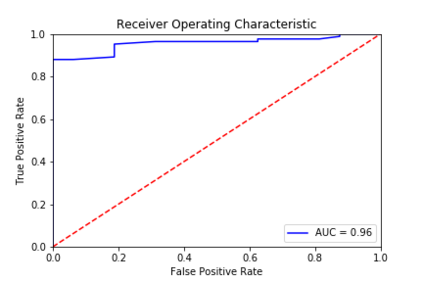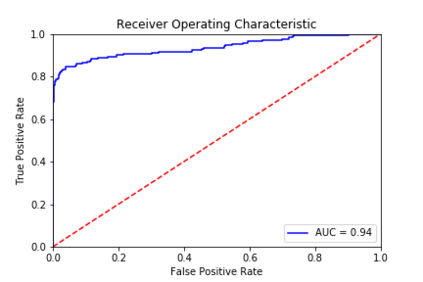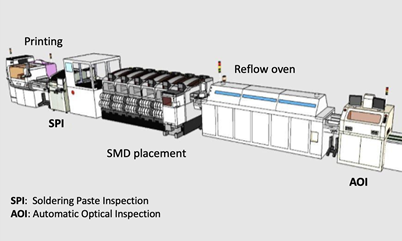Automated detection of defects in Printed Circuit Board (PCB) manufacturing using Solder Paste Inspection (SPI) and Automated Optical Inspection (AOI) machines can help improve operational efficiency and significantly reduce the need for manual intervention. In this paper, using SPI-extracted features of 6 million pins, we demonstrate a data-centric approach to train Machine Learning (ML) models to detect PCB defects at three stages of PCB manufacturing. The 6 million PCB pins correspond to 2 million components that belong to 15,387 PCBs. Using a base extreme gradient boosting (XGBoost) ML model, we iterate on the data pre-processing step to improve detection performance. Combining pin-level SPI features using component and PCB IDs, we developed training instances also at the component and PCB level. This allows the ML model to capture any inter-pin, inter-component, or spatial effects that may not be apparent at the pin level. Models are trained at the pin, component, and PCB levels, and the detection results from the different models are combined to identify defective components.
翻译:暂无翻译



